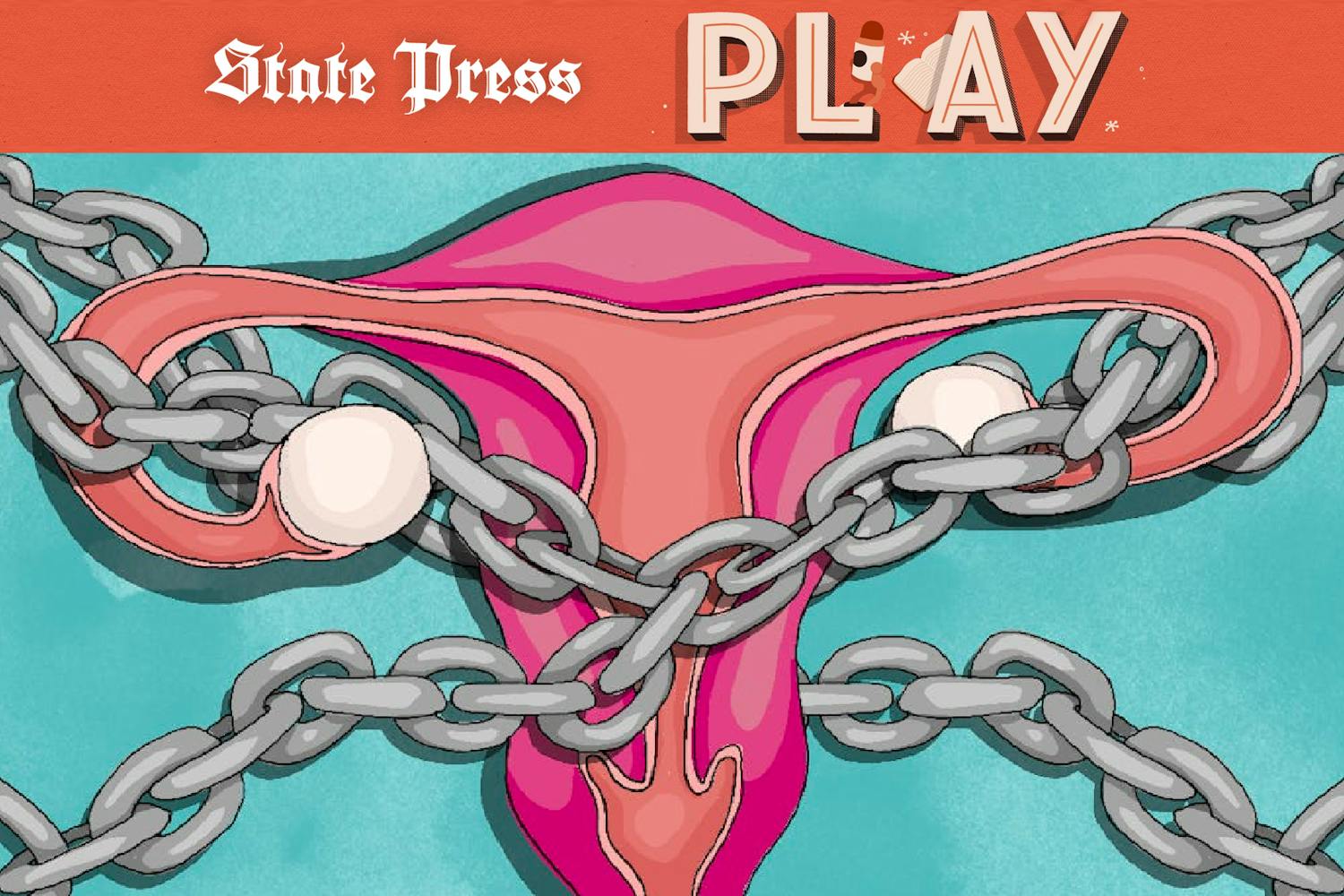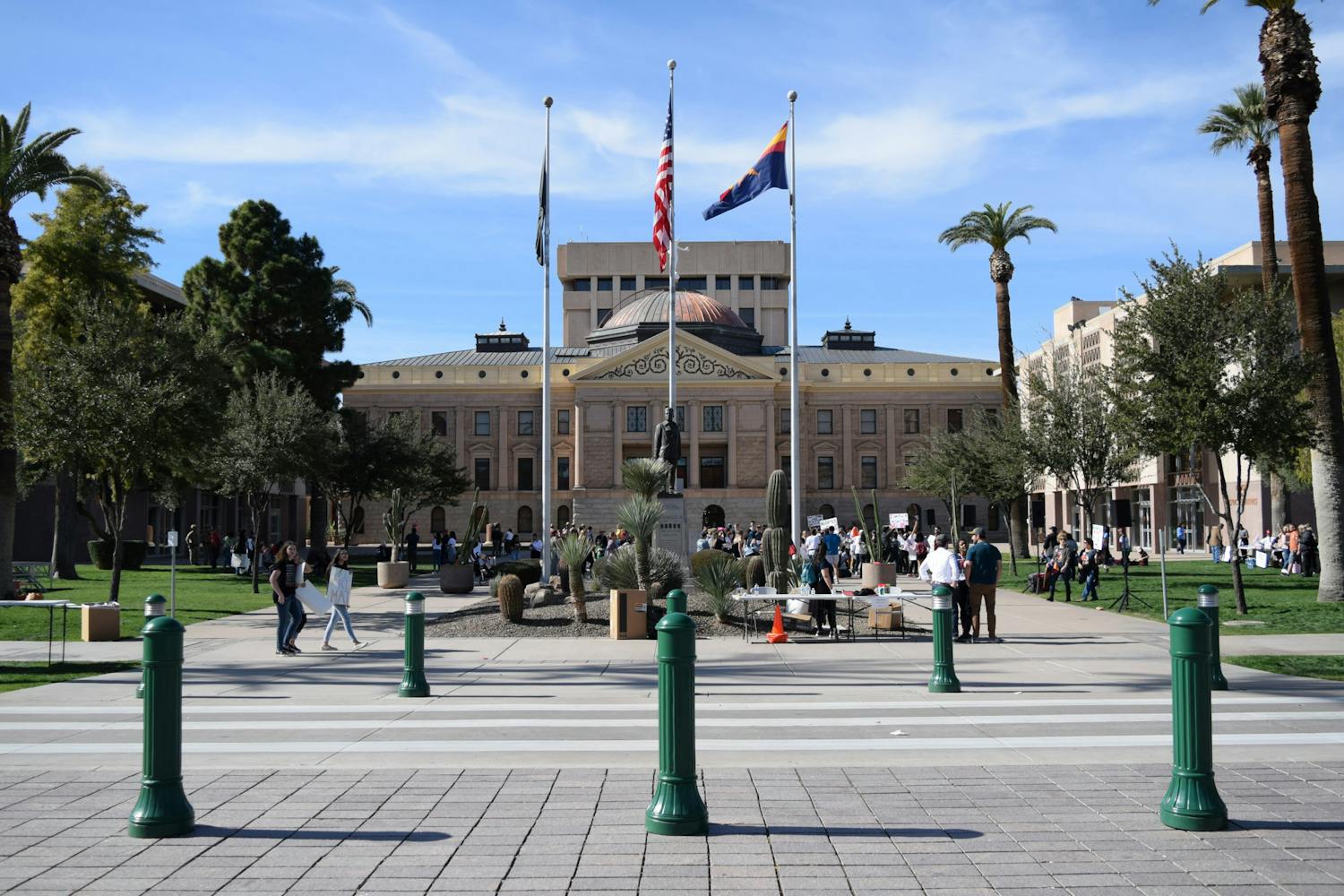Before writing this column, I was forced to answer a complicated question: What came first, the failing student or the failing education system?
There is no shortage in convenient answers. The White House released a federal taxpayer receipt, with only 2.8 percent devoted to education. It would appear that lower test scores are the natural result of underfunding. If we could only afford to give more money to education, we would see these low-performing students and underpaid teachers finally advancing forward.
It is absolutely vital that we do not ignore this reality. There is a dialogue about the failing student that has yet to begin. As students, we don’t subject ourselves to enough criticism, believing that it has always been the system that failed us. While funding decreases, there is something else on the decline: an eagerness to learn.
There is an element of unadulterated wonder missing from the classroom. I see students in my own classes, who sit, day after day, insufferably bored. They have never learned curiosity, how to self-convert information into wholesome food for thought. Their hearts, as Mark Edmundson for The New York Times would say, have rarely been hungry. They have devoted little energy into learning.
As a result, their educators struggle to find creative ways to present material. Teaching turns into an uphill battle against student apathy: How does the educator make students care about something they don’t already care about?
Because the student no longer exhibits any kind of curiosity or wonder on his or her own, the objective of any lesson plan is to find enthusiasm for a student and hand it to him or her on a silver platter. Even at the university level, professors are still teaching students how to be curious – and telling them why they should care.
At least with my experience as a student of the humanities, educators try desperately to prove that their ideas are ideas still worth knowing. Education reform has built its ethos around this, nudging the instructor to bring up cases of “real life” or practical applications to concepts that are frankly too abstract for them.
Students are demanding practicality: What good is the Oedipus complex outside the context of the grade and how will reading sixth century literature prepare us for the real world? Ideas are no longer valuable for their own sake and students no longer find themselves willingly engaging with powerful ideas for mental exercise.
The job description of the educator has changed as well. It is no longer the main goal to teach a new set of skills or introduce a new way of thinking. It is primarily to make students care about something they otherwise wouldn’t care about. Thus, the event of learning becomes secondary to the act of caring. When students of the 21st century don’t have a curiosity to satisfy, they look merely for exciting stimuli, fragments of ideas that will hold their attention.
The average college student no longer attends college to learn. He or she goes for a degree — for the license to be important. It no longer a testimony of years spent devoted to wonderful ideas, but the prize for a four-year attention span. The college experience is reaching the level of practicality we’ve always known we’ve wanted. It is now a currency, exchanged for employment and validation.
Congratulations.
Reach the columnist at ctruong1@asu.edu.



